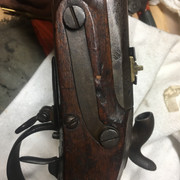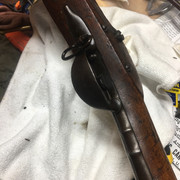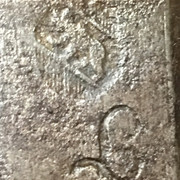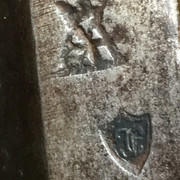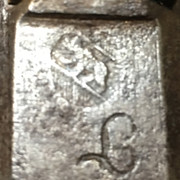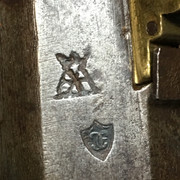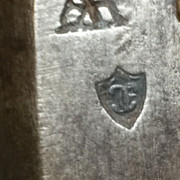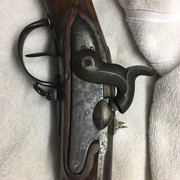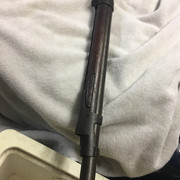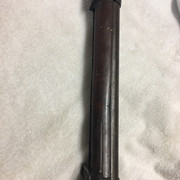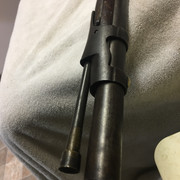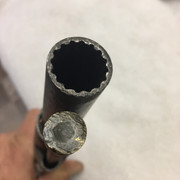Pablom
32 Cal.
Hi, here's the old rifle I have. It shoots pretty nice. Any help identifying would be GREAT!!! I haven't had it long and was thanking about hunting deer with it this fall.
I'll add a bunch of pics of gun and close ups of proofs and markings. The lock is not marked like US rifles, I'm guessing European, but can't find much on web.
Thanks Paul ( AKA Pablom )
I'll add a bunch of pics of gun and close ups of proofs and markings. The lock is not marked like US rifles, I'm guessing European, but can't find much on web.
Thanks Paul ( AKA Pablom )







